Monte Pellegrino is a massif made up of mainly calcareous carbonate rocks, subject to karst phenomena: in fact, it has more than a hundred caves and ravines, to which are added the cavities formed by the waters which, instead of flowing on the surface, filter between the rocks and then reappear as springs. The mountain was therefore a particularly suitable place for human settlements, and the entire foothills and the plain that surrounds it were in fact occupied in a widespread and capillary manner.
It is in this area, in the current Piazza dei Leoni in front of the gate of the Regia Favorita Park (which surrounds the south side of the Mount), that two female idols in dark clay were found, called 'lozenge' due to their conformation , coming from a tomb dating back to the Middle Eneolithic (half of the XNUMXrd millennium BC) and now preserved in the Salinas Archaeological Museum in Palermo.
The first idol (see fig. 1) has a cross band decoration, both on the front and on the back face of the find. “The same red band appears on the stump of the shoulders, around the waist and in the part of the base corresponding to the skirts”, considered by Mosso a characteristic of the Minoan priestly robes: “their flattened shape is identical to that of similar figures from the Aegean. The ground is speckled in black to give it the characteristic brindle appearance we found in the dress of the priestesses on the painted sarcophagus of Haghia Triada. This coincidence is instructive in explaining the relations of the Minoan cult with Sicily".
The second idol (see fig. 2), of the same 'lozenge' shape and same style as the first, retains some traces of red coloring on the base.
In both idols there are lateral holes which vertically cross the stumps representing the arms, and which correspond to a hole in the base (see fig. 3); Mosso hypothesizes that they were through holes for cords, to keep the artifact suspended, however, the same base of the idols is flat and acts as a support to also be able to keep them in a vertical position (see fig. 4).
A third find is reported at the time of the discovery which, although appearing to be of the same workmanship (similar dimensions of the body, but shorter; also here two side holes which in their extension meet similar holes in the base) has some differences: instead of a profile flat, it is three-dimensionally circular, like a chess piece, and has a slight depression at the top, instead of a stump (see fig. 5). This third find, already reported in the volume by the Marquis Antoine De Gregorio, and illustrated together with the others in plate 23 of the same volume (see fig. 6), is now cataloged among the clay reels.
In fact, together with the idols various reels and other objects of various origins and dubious dating were found, including clay pyramids decorated with reticular motifs and circles, which have been attributed to the Iron Age (see J. Marconi Bovio, 1938).
The Palermitan idols are to be compared with the hundreds of other similar finds: Mosso compares them with finds that present both iconographic and symbolic resemblances, found in Greece and mainland Italy. Alongside these, numerous other comparisons are possible with finds from Sicily itself, but also from Malta and the Aegean: these comparisons will be presented more fully in a dedicated article, because they can tell us about commercial exchanges, but above all, beyond the geographical, stylistic and iconographic differences, of one Koine culture between the various shores of the Mediterranean.
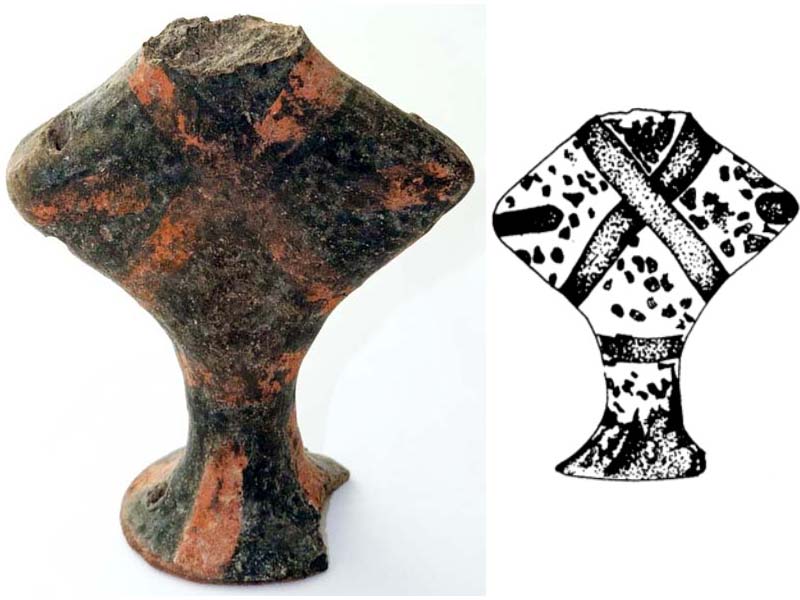
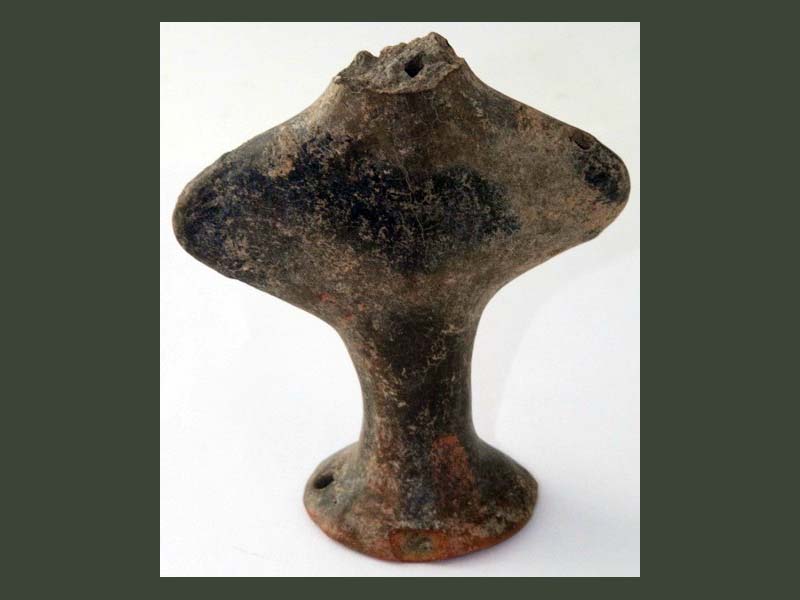
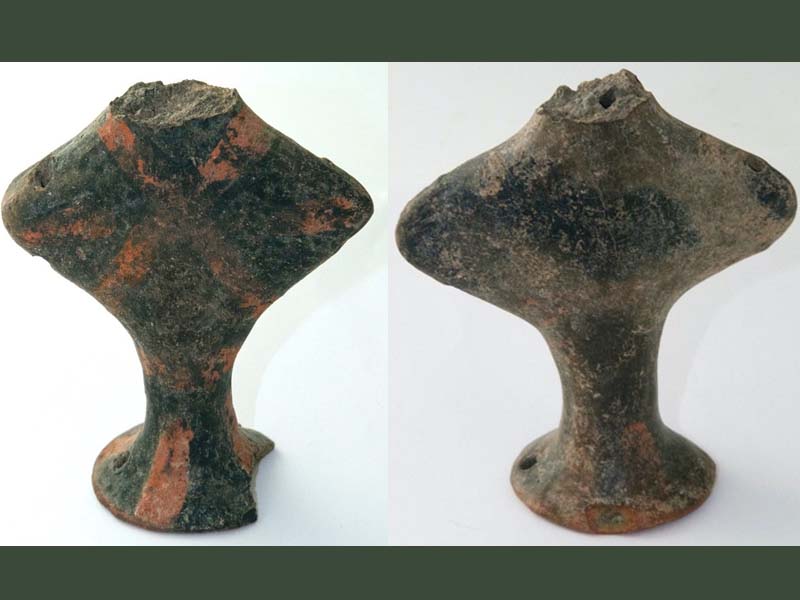

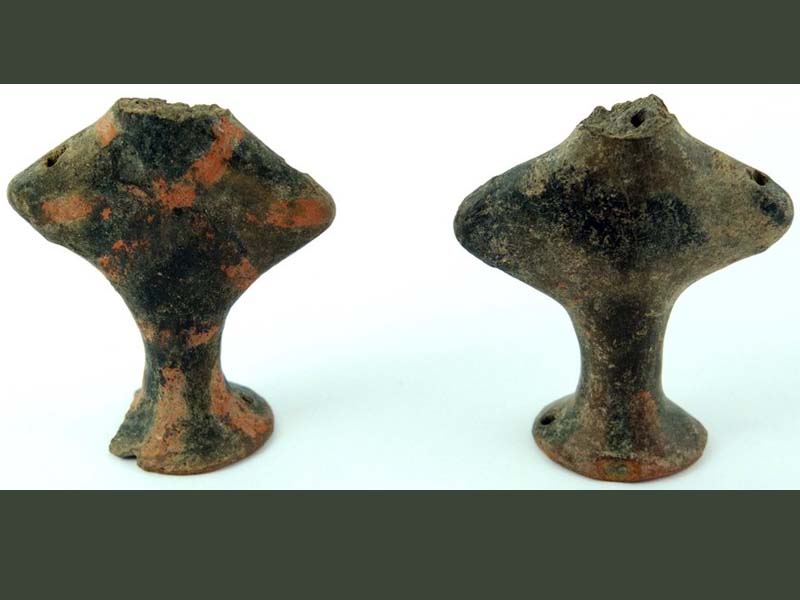
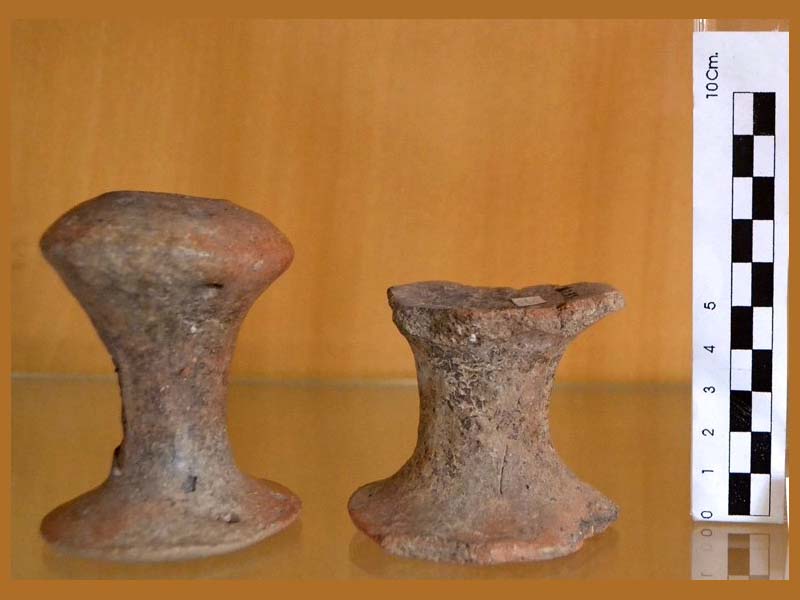
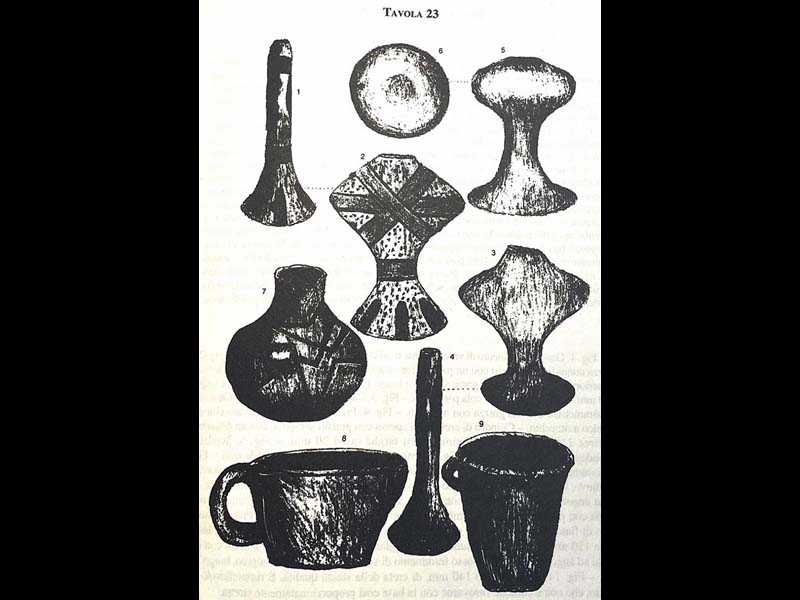

Historical notes
The exact place of the discovery is not actually certain. The Marquis De Gregorio recounts that the son of Professor Salinas had indicated the Piazza dei Leoni, opposite one of the entrances to the Regia Favorita (the urban park of the city of Palermo) as the origin of the finds, and this is the place of discovery officially recognized in later texts. In checking the catalog of the Museum, however, the Marquis found instead marked that the little idols had been found "inside the Favorita near the 'giarra' behind the little house. He makes a fugitive mention of it in the book Palermo and the Conca d'oro”. The Museum catalog is not currently open to verify and learn more about this news. Obviously, the context of the discovery of the finds changes the interpretative hypotheses depending on whether it is a funeral object or instead belonging to a place where daily activities took place.
Unfortunately, after the discovery, very few researchers were really interested in an in-depth study of these finds: it was not possible to find any specific study on the subject but only citations in other articles, the most complete of which by Messina Sluga (of the last century ), and brief mentions in other essays by subsequent authors.
CARD
LATEST PUBLISHED TEXTS
VISIT THE FACTSHEETS BY OBJECT

